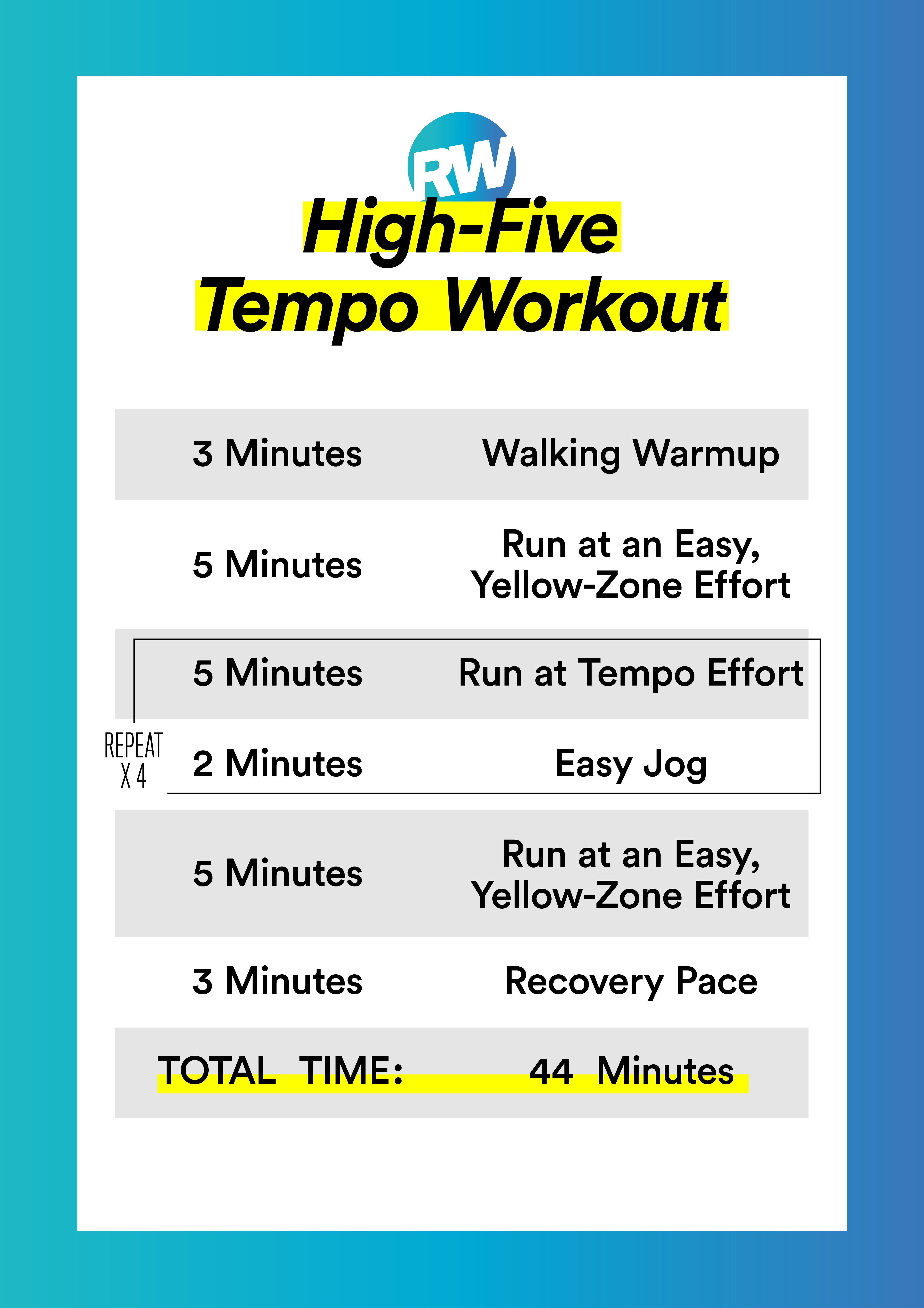Dominate Your Runs: Proven Strategies for Effective Running Workout
Dominate Your Runs: Proven Strategies for Effective Running Workout
Blog Article
Getting Rid Of Discomfort in Operating: Strategies and Techniques That Job
Discomfort is an usual companion for many joggers, frequently acting as a barrier to attaining their desired objectives. With the best methods and strategies, it is possible to overcome and also protect against the pain associated with running. By discovering various techniques such as recognizing the various types of running discomfort, maximizing shoes and type, incorporating cross-training and strength exercises, applying effective recuperation methods, and preserving correct nutrition and hydration, joggers can potentially reduce their pain and boost their overall running experience.
Understanding Various Types of Running Discomfort

One more sort of running discomfort is joint discomfort, which can show up as a sharp or achy discomfort in locations such as the knees, hips, or ankles (running strategy). Joint pain may be triggered by variables like inappropriate running form, overuse, or underlying problems like joint inflammation (Source). It is essential to set apart between muscle soreness and joint discomfort, as the latter may require clinical focus to stop additional injury
Comprehending the various types of running pain is crucial for effective monitoring and avoidance techniques to guarantee a risk-free and pleasurable running experience.
Proper Shoes and Running Kind
To optimize efficiency and reduce the danger of running-related injuries, choosing ideal shoes and maintaining appropriate running kind are essential elements for joggers of all degrees. It is suggested to choose running shoes that are especially developed for the person's foot kind, running gait, and the kind of running task they involve in.

Cross-Training and Strength Exercises
Taking part in cross-training and including strength exercises into a running routine can significantly enhance general efficiency and decrease the chance of injuries. Cross-training, such as biking or swimming, helps improve cardiovascular health and fitness while offering running muscular tissues a break from repetitive impact. It likewise aids enhance various muscle mass teams, bring about far better general body conditioning. Toughness workouts, like squats, lunges, and core exercises, play an important duty in supporting muscle mass and boosting running efficiency. They can remedy muscular tissue inequalities, improve dexterity, and improve power output, every one of which are vital for running performance.
It is crucial to enable for appropriate remainder in between running sessions and cross-training activities to prevent overuse injuries. By integrating these components into a running regimen, runners can construct a more powerful foundation, boost efficiency, and delight in a much more lasting running experience - go to this site.
Recuperation and Relax Techniques
Having established the relevance of cross-training and strength workouts in a comprehensive running regimen, attention can now be directed in the direction of Healing and Relax Techniques as indispensable components for enhancing performance and minimizing the danger of injuries. (running strategy)
Recuperation after running is important for muscular tissue repair work and growth. Techniques such as foam rolling, stretching, and massage help in lowering muscular tissue discomfort and boosting flexibility. Appropriate remainder between runs allows the body to recoup and adjust to the physical stress, preventing overuse injuries.
Including active recovery days right into a training schedule, where low-intensity tasks like walking or cycling are carried out, can improve blood circulation and advertise recovery without placing excess stress on the muscle mass. In addition, proper hydration and nourishment play a vital duty in the recovery process by renewing shed fluids and nutrients.
Quality sleep is another necessary element of healing that must not be neglected. Throughout rest, the body goes through repair service and regrowth processes, contributing to general physical and mental well-being. By prioritizing recovery and remainder strategies, see here runners can keep optimal performance levels and reduce the possibility of experiencing pain or injuries.
Nutrition and Hydration for Runners
Carbs offer power for running, while healthy proteins help in muscular tissue repair and recovery. Sufficient hydration is also necessary to keep optimum efficiency, as also light dehydration can adversely influence running efficiency. Furthermore, timing dishes and treats properly before runs can aid avoid stomach discomfort and supply the required power for peak performance.
Conclusion
Finally, by comprehending the various kinds of running discomfort, wearing appropriate shoes, maintaining right running type, integrating cross-training and stamina exercises, prioritizing healing and remainder, and concentrating on nourishment and hydration, runners can successfully overcome pain and improve their performance. Implementing these techniques and methods can assist runners protect against injuries, improve their endurance, and ultimately delight in a more satisfying running experience.
Report this page